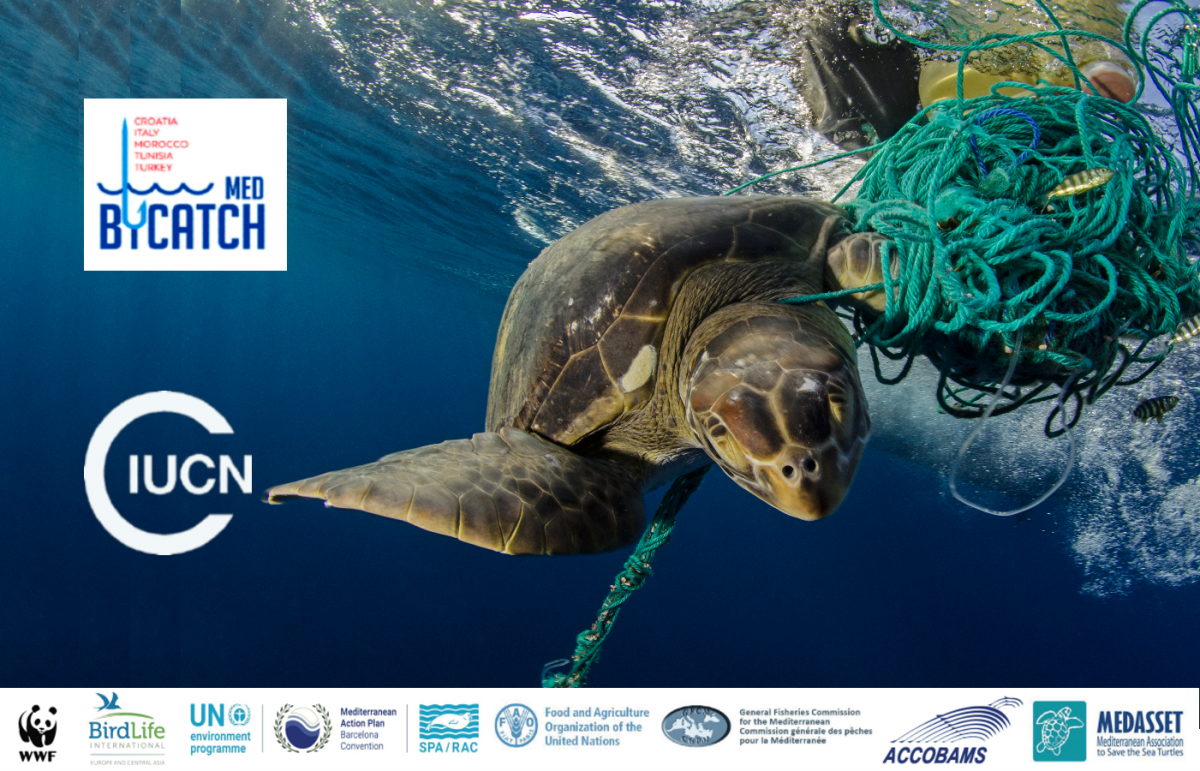IUCN and WWF unite to enhance the implementation of legal tools protecting mangroves
Mangrove forests are an incredible ecosystem, existing at the intersection of land, freshwater and ocean. Beyond their unique beauty, they provide numerous essential ecosystem services. Acting as a carbon sink, they enhance carbon sequestration 3 to 5 times more than an inland tropical forest and play a major role in the fight against global warming. They protect the coast against soil erosion and climate hazards. They provide nurseries supporting important fisheries stocks; we count no less than 3000 species seeking protection among their strong roots, . Mangroves also help water filtration and ensure revenue linked to tourism activity. Last but not least, local communities in coastal areas all around the globe rely on mangroves for their subsistence and the perpetration of their cultural practices and beliefs. Hence, we estimate that 100 million people are dependent on mangroves.
 Cover_Assessment summary on mangroves
Photo: IUCN and WWF
Cover_Assessment summary on mangroves
Photo: IUCN and WWF
Mangrove trees grow in a hostile environment, with roots that can adapt to changing tides and resist salty and abrasive waters. Despite their solidity and strong adaptability, mangroves are now threatened by human activity. They are cleared for infrastructure, urban development, agriculture and aquaculture and are cut for use in charcoal production and construction. This ecosystem is also very sensitive to pollution coming from the marine and inland environments.
In order to address the critical mangrove loss occurring around the world and reverse the trend, IUCN and WWF are collaborating in the context of the Save Our Mangroves now! Initiative, funded by BMZ, with the aim to raise awareness and assist policymakers for a better protection of mangrove ecosystem. In this regard, experts from seven countries are working with the IUCN Environmental Law Centre to develop a study on the legal and institutional frameworks affecting mangroves. The study draws on detailed case studies in Costa Rica, Vietnam, Madagascar, Pakistan, Kenya, Tanzania and Mozambique, as well as a global desk study and additional legislative reviews in Mexico and India.
Experts from the case study countries participated in a meeting in Bonn on 29th and 30th October 2018 to exchange ideas on the different legal frameworks applying to mangroves and identify common themes, challenges and successes. They mapped existing legal tools in each of the countries are assessed how these tools addressed the main drivers of mangrove degradation. They analyzed the real world implementation and effectiveness of the tools to better identify factors that contribute to success, and brainstorm gaps and improvements.
The outcome of the meeting will contribute to a substantial report, based on legislative reviews as well as surveys and interviews with government officials, community members, scientists, lawyers and civil society. A summary report has been launched at the CBD COP in Egypt in November 2018 with the extended publication to follow in 2019. The summary report was launched alongside a sister publication presenting an analysis for increasing the effectiveness of investments in mangrove conservation conducted by the IUCN Marine and Polar Programme.






